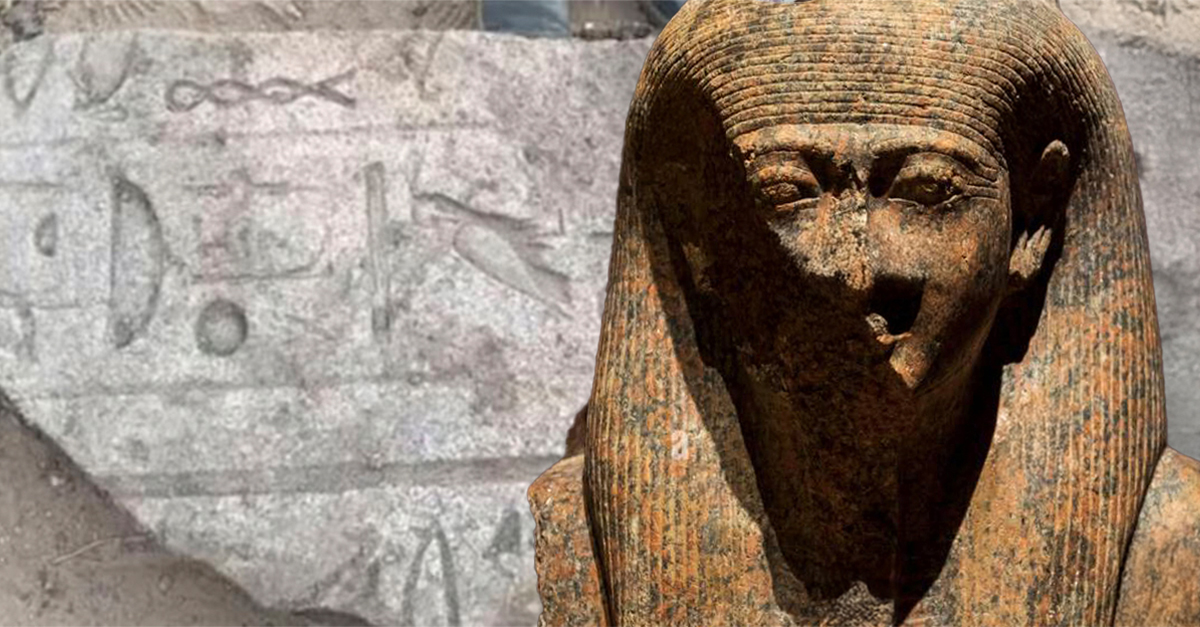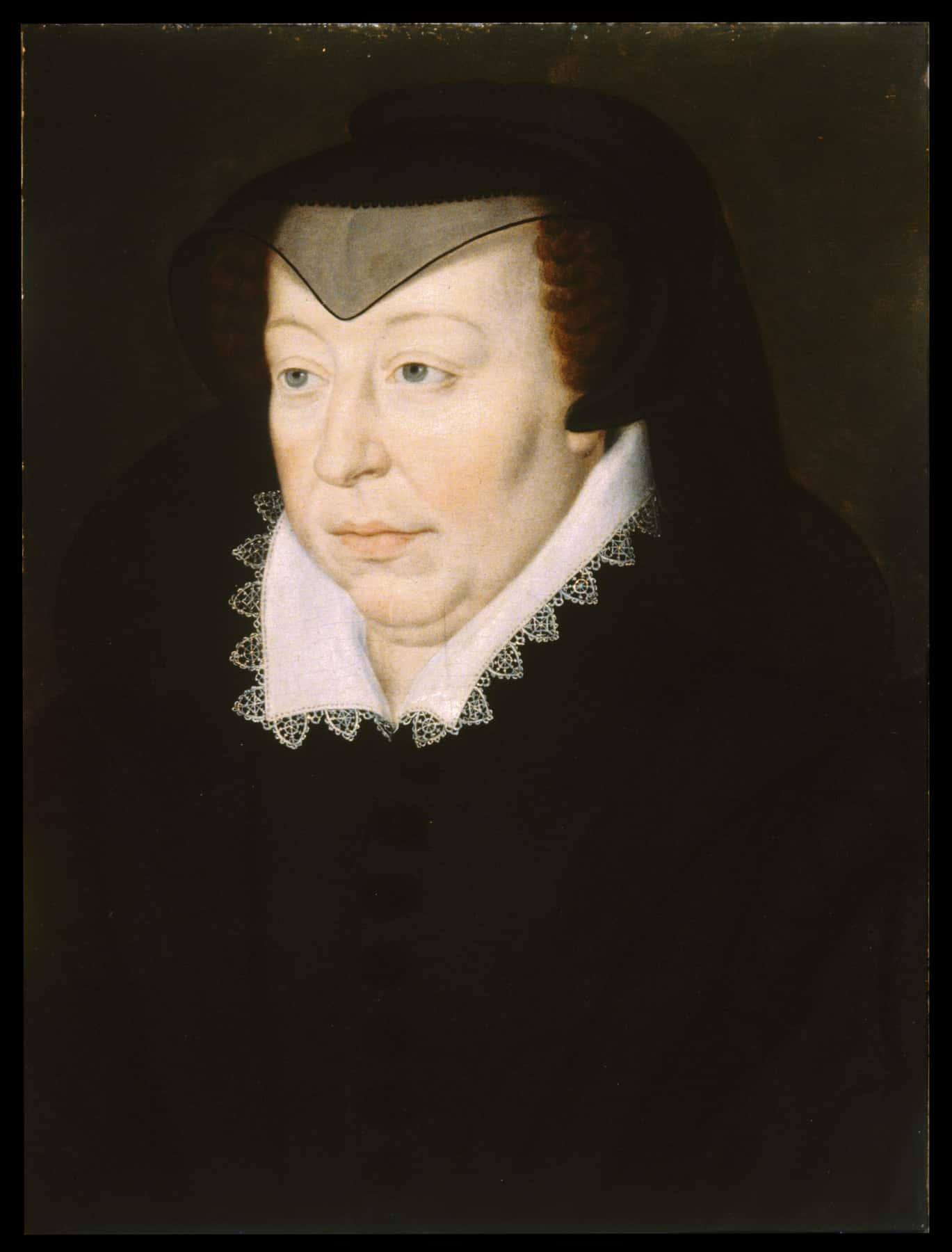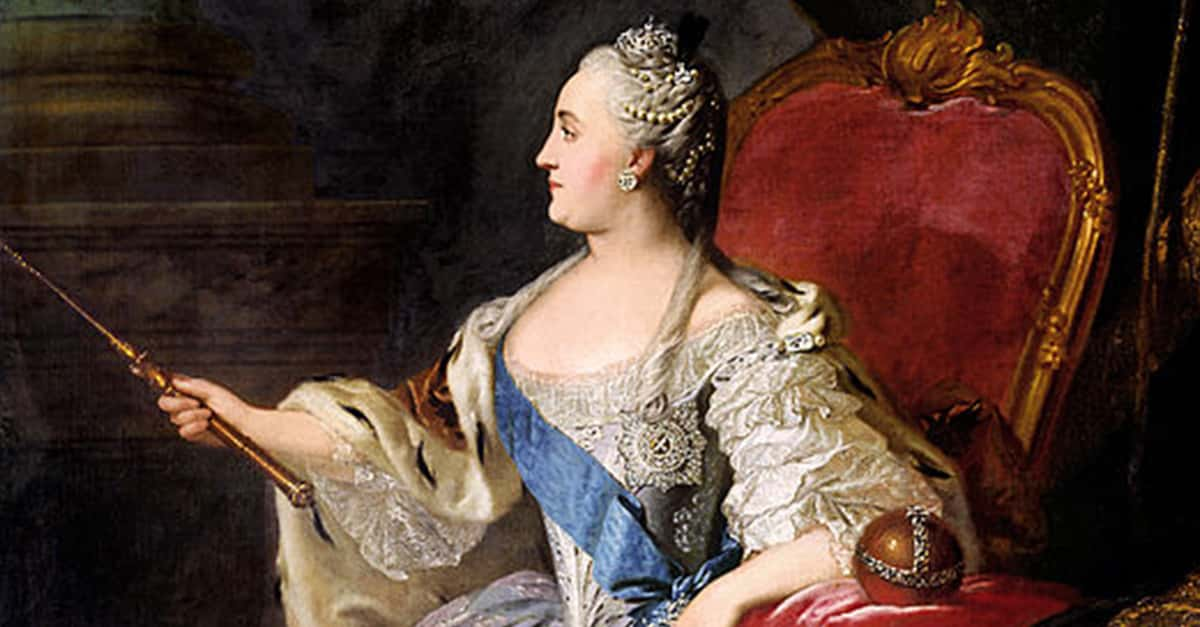In 2019, archaeologists made a stunning discovery just outside Giza: a unique pink granite statue of Ramses II buried in a muddy pit. The statue was unearthed under the home of a man recently arrested for illegal excavations. Despite the unorthodox situation, the find has been authenticated and is hailed as a major archaeological breakthrough.
The Statue’s Exceptional Detail
What sets this statue apart is the presence of the "Ka" symbol, a hieroglyph representing the soul or life force of a pharaoh. This is the first statue of Ramses II ever found to display the "Ka," making it a rare blend of royal portraiture and spiritual symbolism. The statue stands about 3.5 feet tall and displays the pharaoh’s iconic facial features with remarkable precision.
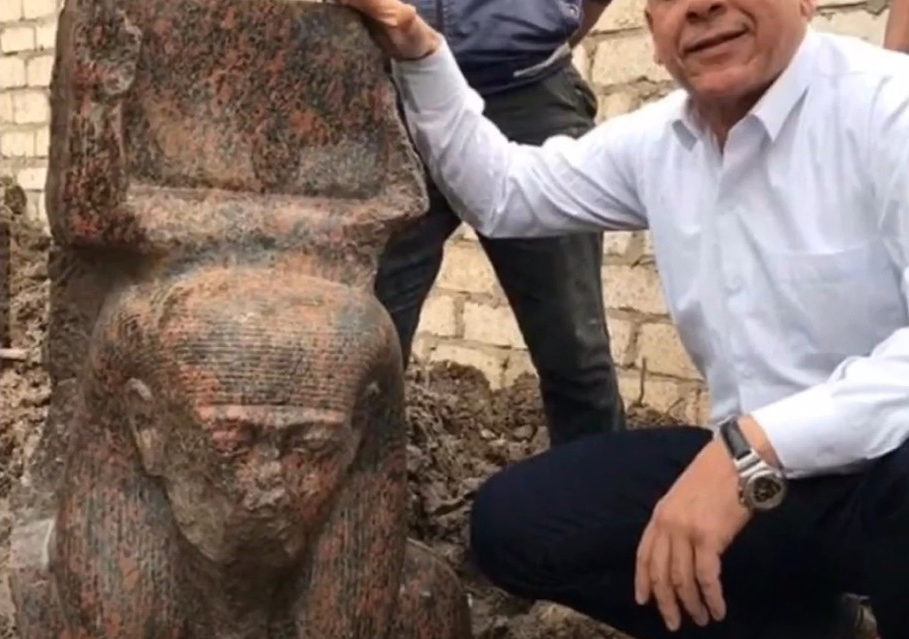 Illegal Dig Leads to Unique Pink Statue of RamsesII, chiefdryno, YouTube
Illegal Dig Leads to Unique Pink Statue of RamsesII, chiefdryno, YouTube
Significance Of The “Ka” Symbol
In ancient Egypt, "Ka" was an essential component of the human soul. It was symbolized by two upturned arms. The arms represented a person’s vital essence, and the key to eternal life. For Ramses II, a pharaoh steeped in divine imagery and godlike reverence, the presence of the "Ka" symbol gives this statue a great deal more religious and cultural importance.
Ramses II: Egypt’s Greatest Pharaoh
Ramses II, aka Ramses the Great, ruled for over 60 years. Many people consider him to be Egypt’s greatest pharaoh. He led military campaigns, built mighty temples, and proclaimed himself to be a living god. This statue reinforces his formidable legacy and reveals how spiritual iconography was used to spread a pharaoh’s dominance.
 Illegal Dig Leads to Unique Pink Statue of RamsesII, chiefdryno, YouTube
Illegal Dig Leads to Unique Pink Statue of RamsesII, chiefdryno, YouTube
Illicit Digging Leads To Major Discovery
The statue wasn’t found by an official excavation, but was a result of an illegal dig. The landowner had been secretly excavating on his property when he stumbled upon the statue. Authorities stepped in and arrested him, allowing Egypt’s Ministry of Antiquities to take over the site. This has reignited debates about looting and the protection of Egypt’s buried heritage.
The Experts Take Over
Once recovered, In ancient Egypt for cleaning and preservation. Experts quickly authenticated it based on inscriptions, artistic style, and the unique use of the "Ka" symbol. Its pink granite composition also suggests a high-status commission, possibly created for a temple or royal necropolis not far from Giza.
Ideas About Its Original Location
Archaeologists suspect the statue may have originally stood in or near a temple dedicated to Ramses II that’s still undiscovered. Its presence in an unmarked, muddy pit suggests it was either discarded during later construction periods or buried deliberately to preserve it from destruction. The exact origin is still the subject of ongoing research.
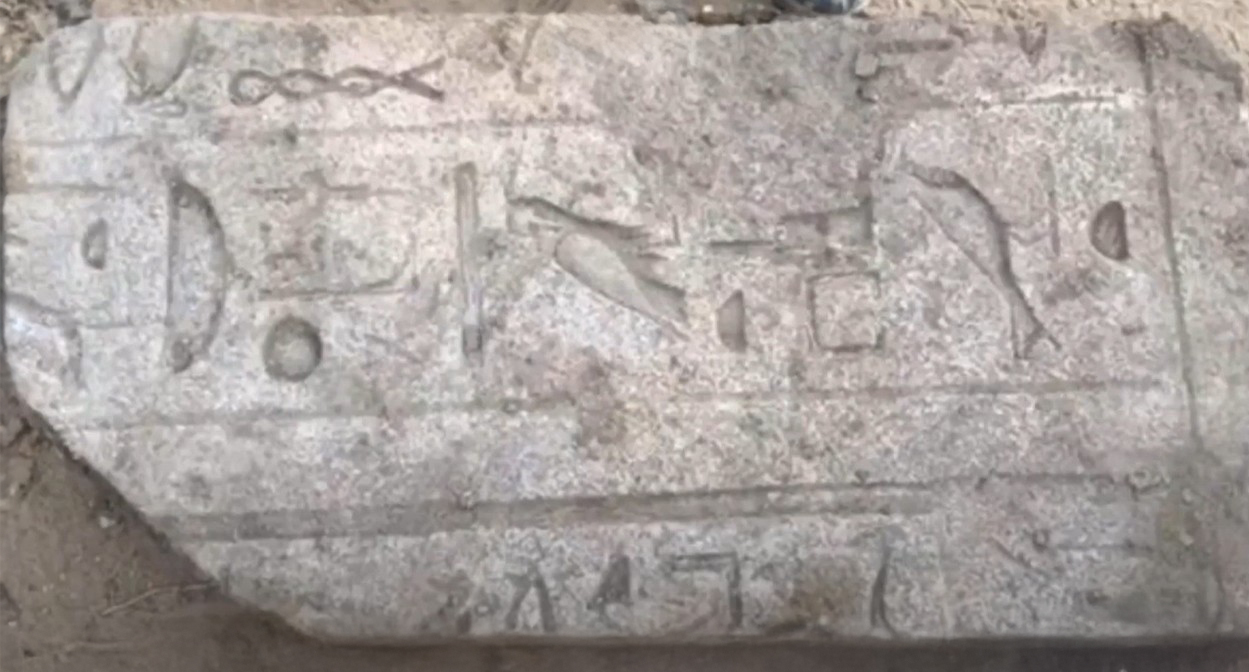 Illegal Dig Leads to Unique Pink Statue of RamsesII, chiefdryno, YouTube
Illegal Dig Leads to Unique Pink Statue of RamsesII, chiefdryno, YouTube
A New Avenue For Egyptologists To Pursue
This discovery has added to our knowledge of both Ramses II’s iconography and the religious practices of the New Kingdom. The statue bridges the realms of divine kingship and spiritual symbolism. It’s a portrayal of the pharaoh unlike any previously seen. Scholars are now poking around amongst other artifacts, looking for similar combinations of symbols. Additional artifacts uncovered at the site include a limestone slab with inscriptions depicting the Egyptian creator-god Ptah, patron of craftsmen.
New Security Measures For Antiquities
Egyptian authorities have tightened up regulations and increased patrols around archaeological zones. The statue's discovery was a stroke of luck, but officials maintain that illegal excavations by untrained people often lead to damage or loss of valuable information. Public education and strict enforcement are key to preserving Egypt’s historical splendor.
You May Also Like:
Unearthed Facts About Ancient Egypt's Most Disturbing Secrets
Explorers uncovered a 3,600-year-old Egyptian tomb belonging to a mysterious long-lost dynasty.

